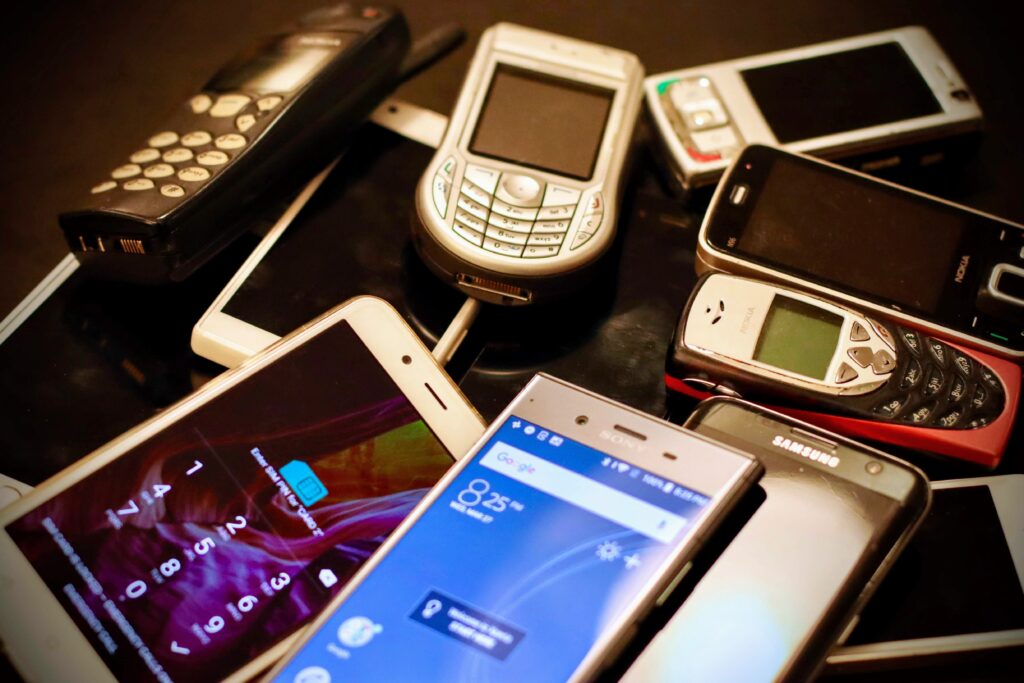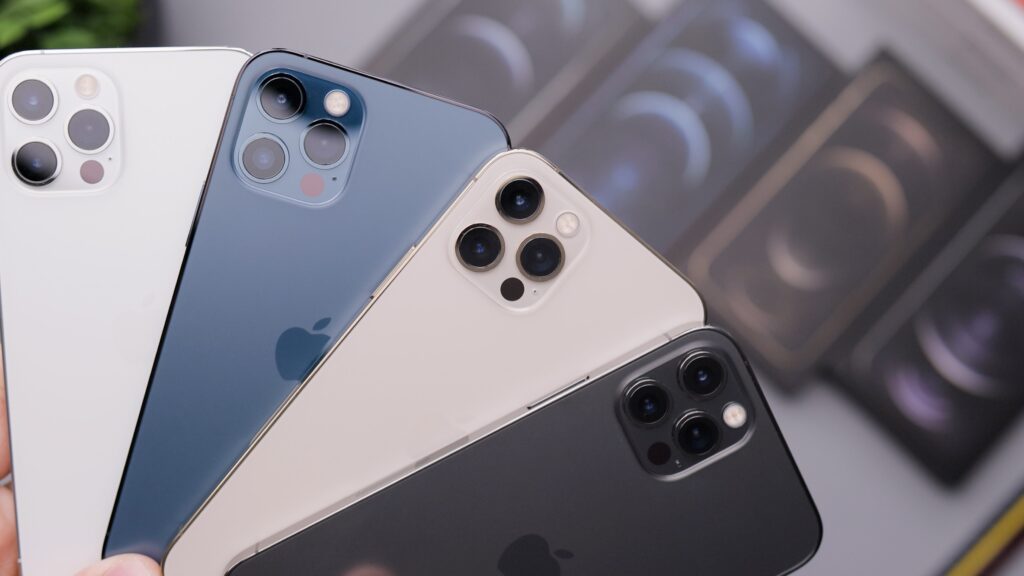In the early 20th century, the concept of mobile communication was still in its infancy. Telegraphs and landline telephones dominated the landscape, tethering individuals to fixed locations for conversations. However, visionaries began to explore the idea of portable telecommunication, imagining a world where people could communicate on the go.
It was not until the mid-20th century that significant strides were made in making telephones more mobile. The invention of the car phone in the 1940s allowed for limited communication from vehicles, but it was a far cry from the portable devices we are accustomed to today.
In the 1970s, breakthroughs in technology paved the way for the emergence of truly portable telephones. Companies like Motorola and Ericsson led the charge, introducing devices that resembled hefty briefcases, equipped with antennas and limited range. While these early portable telephones were primarily used by professionals in specific industries, they laid the foundation for what was to come.
The dawn of mobile communication was marked by the realization that communication should not be confined to a fixed location. People craved the ability to connect with others while on the move, breaking free from the constraints of traditional telecommunication devices.
Little did the world know that these early forays into portable telephones were just the beginning, setting the stage for the revolutionary invention that would forever change the face of communication—the smartphone.
Let’s have a look at the history of the first smartphone:
The Birth of the Concept
In the late 1990s, the idea of merging telephony with computing capabilities started gaining momentum. Companies recognized the potential of creating a device that would combine the convenience of a mobile phone with the productivity features of a PDA. This concept laid the foundation for the first smartphone.
Nokia Communicator Series

In 1996, Nokia introduced the Nokia Communicator series, starting with the Nokia 9000 Communicator. These devices featured a clamshell design, with a QWERTY keyboard and a monochrome display. They offered email, web browsing, and basic productivity applications. While they were not referred to as smartphones at the time, they represented a significant step towards telephony and computing integration.
IBM Simon
In 1994, IBM introduced the IBM Simon, often regarded as the first true smartphone. It featured a touchscreen display, a stylus for input, email capabilities, a calendar, and even primitive versions of apps like a notepad and a sketch pad. However, due to its high price and limited availability, the IBM Simon did not achieve widespread popularity.
Ericsson R380
In 2000, Ericsson unveiled the Ericsson R380, a device that resembled a traditional mobile phone but incorporated PDA functionality. It had a touchscreen, email support, web browsing, and a range of applications. The Ericsson R380 is considered one of the early devices that can be classified as a smartphone.
BlackBerry and the Rise of Smartphones
While the IBM Simon and Nokia Communicator were pioneering devices, it was BlackBerry (formerly Research In Motion) that propelled smartphones into the mainstream. In 2002, BlackBerry introduced its smartphones, offering features like secure email, web browsing, and a physical QWERTY keyboard. BlackBerry devices quickly gained popularity, especially among professionals and businesses.
Apple iPhone

In 2007, Apple introduced the iPhone, a device that revolutionized the smartphone industry. It featured a multi-touch display, an intuitive interface, and the integration of telephony, computing, and multimedia functionalities. The iPhone set new standards for design, user experience, and app ecosystems, making it a game-changer in the smartphone market.
The Rise of Android
In 2008, Google unveiled the Android operating system, an open-source platform that provided a viable alternative to iOS. Android-powered devices from various manufacturers flooded the market, offering consumers a wide range of choices in terms of design, features, and price points. The Android ecosystem quickly gained traction and became a formidable competitor to iOS.
Evolution of Features and Technologies
Over the years, smartphones witnessed significant advancements. They became slimmer, more powerful, and packed with features like high-resolution displays, improved cameras, GPS, and expandable storage. The introduction of 4G and later 5G networks enabled faster data speeds, transforming the way people accessed information and consumed media on their devices.
App Ecosystem and Mobile Revolution
The app ecosystems is one of the defining features of smartphones. The App Store and Google Play Store revolutionized how software and services were distributed, allowing developers to create a vast array of applications that catered to virtually every aspect of life, from communication and entertainment to productivity and health.
Present and Future
In the present day, smartphones have become an integral part of our lives. They have evolved into powerful pocket computers, capable of performing complex tasks and enabling seamless connectivity. Advancements like artificial intelligence, augmented reality, and foldable displays continue to shape the future of smartphones, offering new possibilities and experiences.
The Bottom Line
The introduction of the first smartphone marked a turning point in the history of mobile communication and computing. It laid the groundwork for the smartphones we use today, combining telephony, internet connectivity, multimedia capabilities, and a vast range of applications. The evolution of smartphones continues to shape our lives, enabling seamless communication, productivity, entertainment, and much more.


